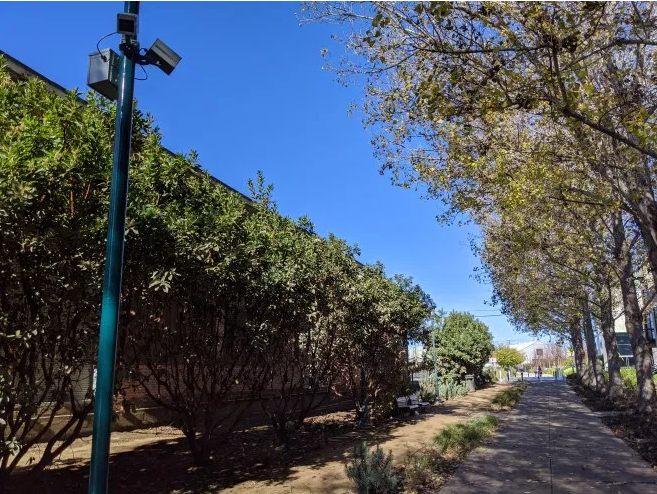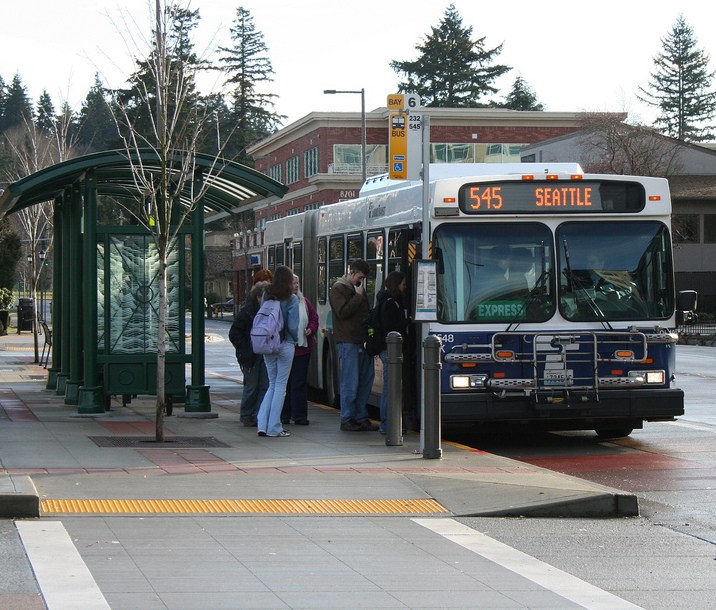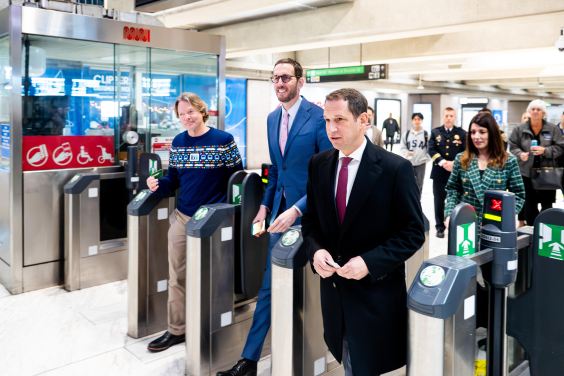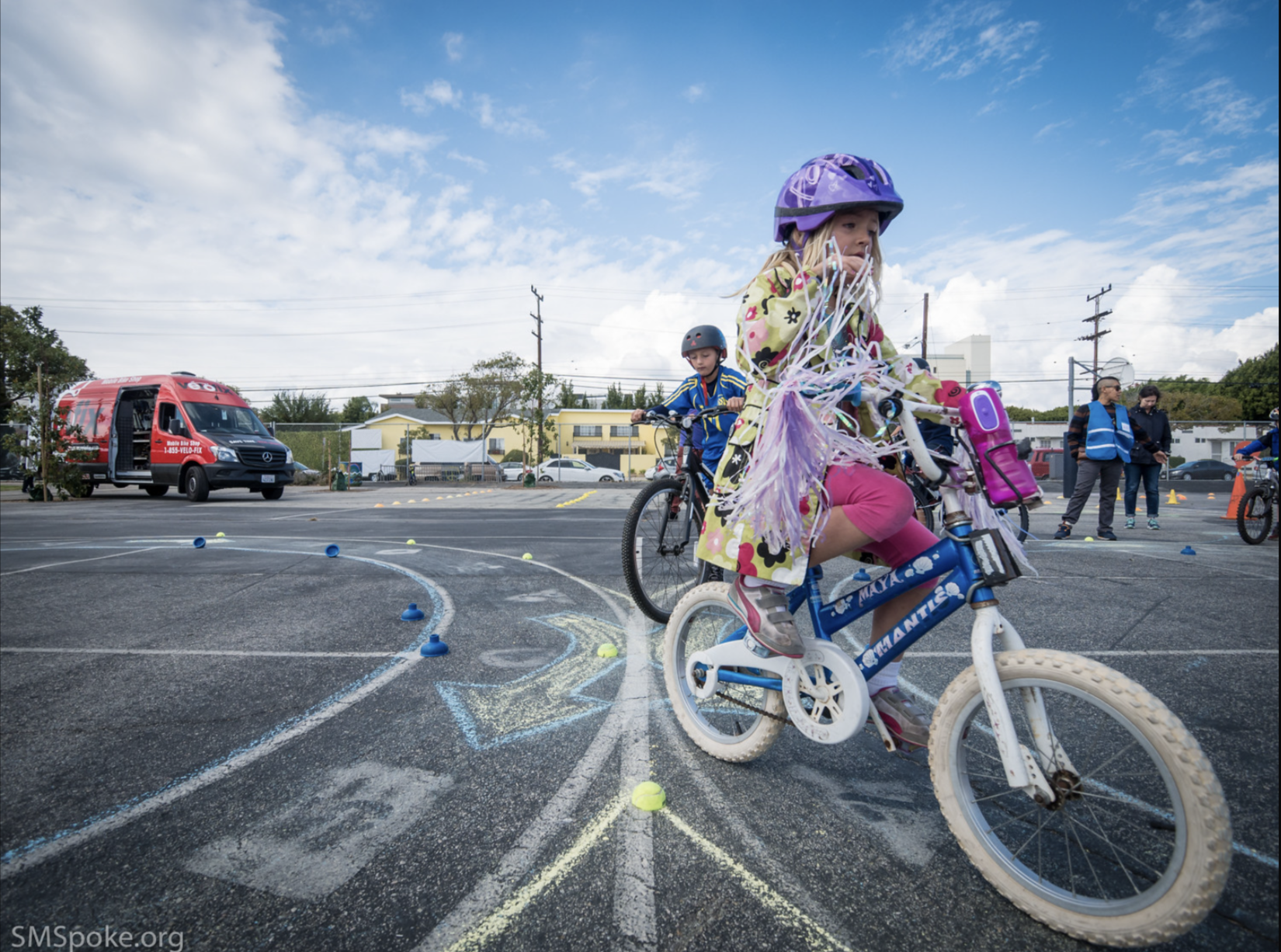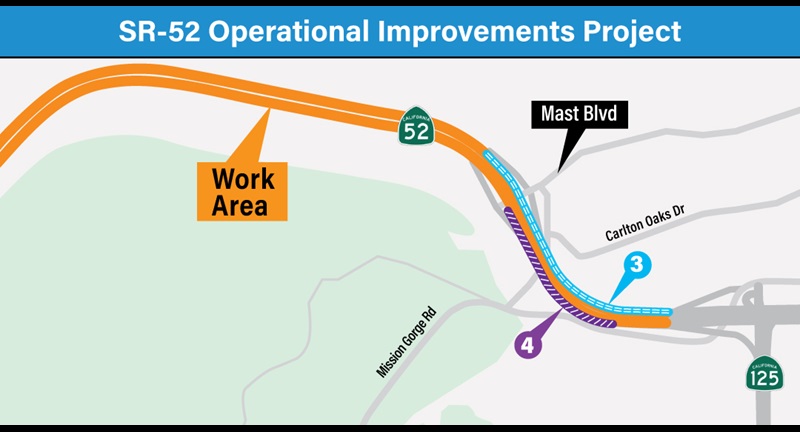Note: GJEL Accident Attorneys regularly sponsors coverage on Streetsblog San Francisco and Streetsblog California. Unless noted in the story, GJEL Accident Attorneys is not consulted for the content or editorial direction of the sponsored content.
The Doyle Street Greenway project in Emeryville got some pretty cool upgrades over the holiday break. This bike and pedestrian path, which converted a disused rail right-of-way between Doyle Street and the Berkeley border at Murray, is a popular transportation and recreational route. But it had a big weakness--street crossings and cross traffic can be dangerous and confusing.
"The Emeryville Bicycle and Pedestrian Greenway Safety and Mobility Improvement Project," is taking care of that, explained Ryan O’Connell, Senior Civil Engineer with the City of Emeryville's Public Works department. The project improves "...Greenway trail crossings at 65th, 66th, and 67th with raised crosswalks, Rectangular Rapid Flashing Beacons (RRFB), parking adjustments and signage."
"The project will also add a bike share station to the existing regional bike share network and bike/ped counter," added Bike East Bay's Robert Prinz in an email to Streetsblog.
Thanks @EmeryvilleCA for the shout out to @BikeEastBay on the construction signs for the Doyle St Greenway raised xwalks project. Flashing beacons, more speed humps, and a bike counter still yet to be installed. pic.twitter.com/gY0atzhr41
— Robert Prinz (@prinzrob) November 24, 2019
The raised crosswalks force motorists to slow down and help make crossing cyclists and pedestrians more visible. Another cool feature of this project: the RRFBs don't require pedestrians or cyclists to stop and push a 'beg button.’ They are instead triggered by motion detectors, as seen in the lead image and the pic below. In the lead image, notice there's a detector aimed in each direction so they spot which way the approaching cyclist is heading and trigger the RRFBs at the correct intersection.
For pedestrians, the detector is closer to the intersection itself:
This type of system may be a first for the East Bay. "The passive actuation for the Ohlone Greenway RRFBs in El Cerrito does use those same posts at the crossings for pedestrians, but loop detectors embedded in the pavement are used for bike rider advance detection," wrote Prinz. "This detection tech is used pretty commonly for signals at typical intersections, but I can't think of another East Bay location that uses it for a multi-use path specifically."
Workers were painting and putting other finishing touches on the apparatus over the holiday break. One remarked that he's concerned that motorists won't yield at the crossings despite the signs, riser, lights, and markings and opined they should have used a conventional traffic signal with a red light.
But O’Connell explained that wasn't possible under the conditions of the Caltrans grant that funded the project. "The RRFBs are an approved traffic control device through the Federal Highway Administration, and additionally through Caltrans as part of a statewide blanket approval. The reason we cannot have the beacons turn solid red or flashing red is mostly due to traffic control device uniformity, but also due to this specific flash pattern being tested and studied as most effective."
Perhaps. And far be it for Streetsblog to question the 'expertise' of Caltrans when it comes to pedestrian and bicycle safety. But a solid red seems like a pretty uniform indication that one is supposed to come to a complete stop. Moreover, a yellow flashing light would not be considered sufficient at an intersection with motor traffic in both directions.
Meanwhile, the treatment and the path itself stops at the Berkeley border. But that's going to change. "Berkeley has a separate project to finish the greenway connection between Murray and Heinz, including a dedicated bike/walk crossing of Ashby with a traffic signal," said Prinz. "That project has been delayed for several years but is now finally awarded to a contractor, so construction should hopefully start early this year."
